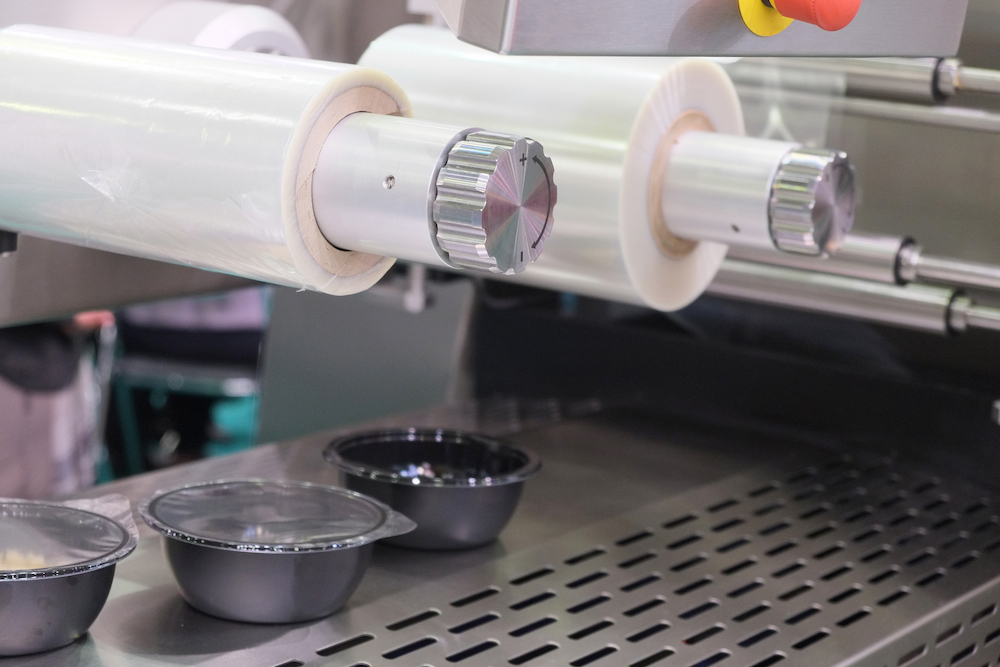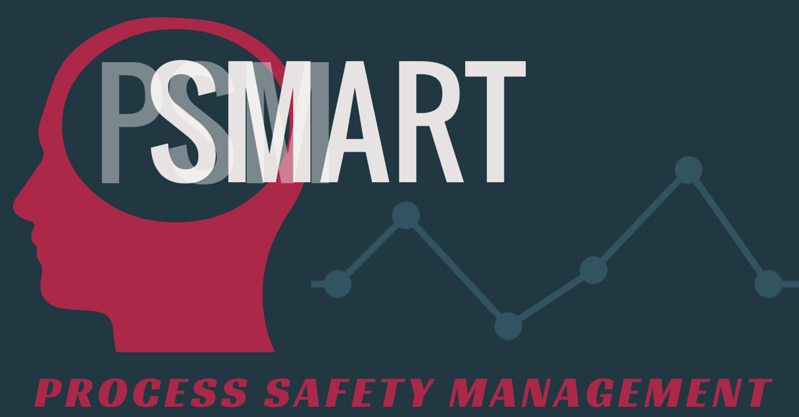How a Behavior-based Approach Can Enhance Your Worker Safety Culture
Worker safety is a critical element in every food plant, regardless of the type of products manufactured. And while creating a safe, ergonomic work environment is a must, sometimes it’s not enough to ensure the safety of your most important asset—your employees.
In a recent Food Engineering article on ergonomic practices, I discussed how a behavior-based approach can enhance your plant’s worker safety. With behavior-based safety training, workers are incentivized to proactively look for potential hazards, creating a safety-oriented workforce.
Continue Reading “How a Behavior-based Approach Can Enhance Your Worker Safety Culture”





![[Infographic] 4 Steps in Developing a Manufacturing Plan](https://stellarfoodforthought.net/wp-content/uploads/2015/10/4-steps-in-developing-a-manufacturing-plan.jpg)






